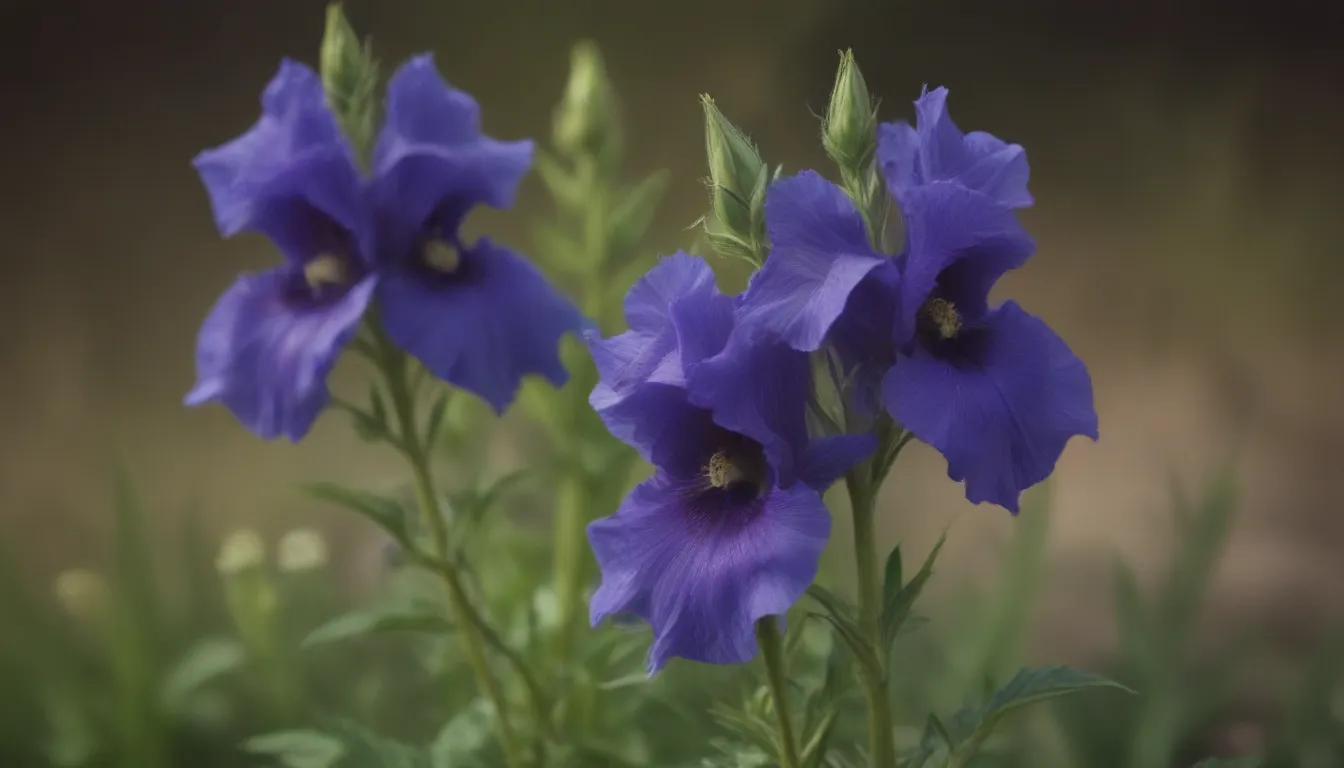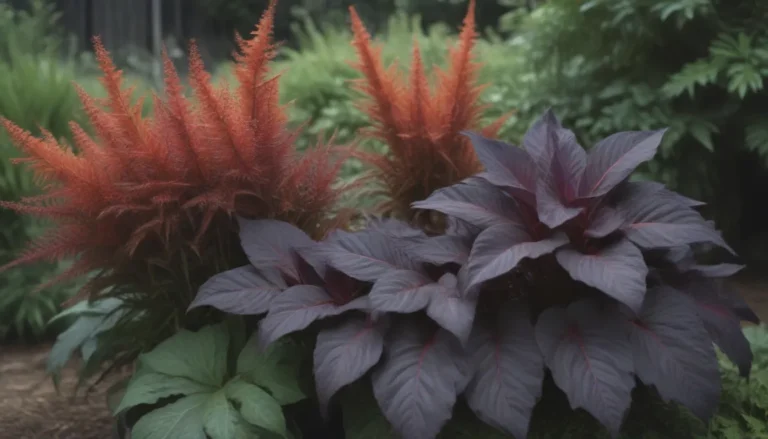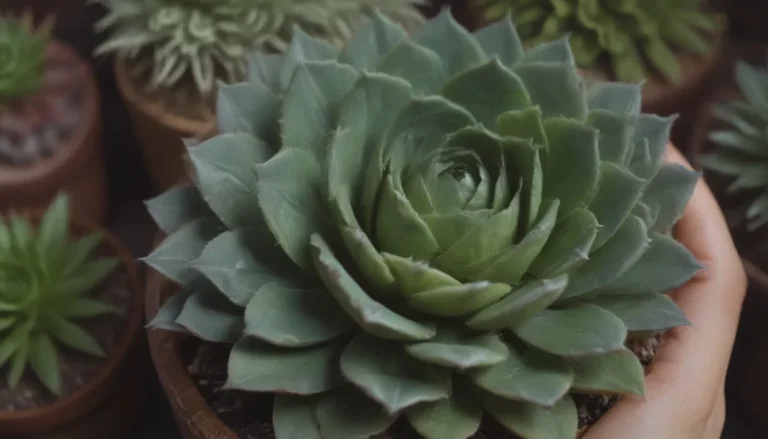The Complete Guide to Growing and Caring for Monkshood

Are you looking to add a touch of elegance and color to your garden? Monkshood might just be the perfect flower for you. Native to mountainous regions in Europe and Asia, monkshood is a tall herbaceous perennial that blooms in late summer and fall. With its striking azure blue, pink, yellow, or white flowers, monkshood is sure to make a statement in any garden. In this comprehensive guide, we’ll cover everything you need to know about growing and caring for monkshood, from planting to propagation and common issues to watch out for.
Getting to Know Monkshood
Monkshood, also known as Aconitum, derives its name from the modified petals that resemble a monk’s cowl. There are approximately 250 species of monkshood, with Aconitum napellus being the most commonly grown ornamental variety. This flower features smooth palmate leaves with deep lobes and blooms on sturdy, unbranched stems. The top sepal of the flower curves downward, giving it a hood-like appearance, while the actual petals are hidden inside.
Warning:
Monkshood is known to be one of the most toxic plants, so it’s essential to handle it with care. Be sure to wear gloves when working with monkshood, and keep it out of reach of pets and children. However, it is safe to compost monkshood, as the toxins do not survive the composting process.
Monkshood Care Tips
Monkshood is generally easy to grow, but it does require specific conditions to thrive. Here are some essential care tips to help your monkshood plants flourish:
Light:
Monkshood can tolerate both full sun and partial shade. While it prefers a sunny spot for optimal blooming, be mindful of intense heat, as it can scorch the delicate petals. If you notice the flowers drooping, it may be a sign of too much shade, in which case staking the plant may be necessary.
Soil:
Monkshood thrives in moist, well-drained soil. It prefers rich, porous loam, but rocky, mountainous soils can also work as long as they receive enough moisture. Avoid dense, poorly drained soils, as they can lead to root rot. Aim for a slightly acidic to neutral soil pH (5.5–7.0) for best results.
Water:
Monkshood is a thirsty plant that thrives on consistent moisture. Water frequently during the growth period in spring and ensure the soil remains moist throughout the growing season. Aim for a minimum of 1 inch of water per week to promote lush flowering.
Temperature and Humidity:
Monkshood is hardy in USDA zones 3 to 8 and prefers cool summers with low humidity. In warmer weather, provide extra shade to prevent stress on the plant.
Fertilizer:
Feed monkshood with compost and organic fertilizer in the spring, avoiding nitrogen-heavy fertilizers. Consider using a fertilizer formulated for roses to promote healthy growth and blooming.
Types of Monkshood
In addition to the traditional deep blue flowers of the species form, there are several named cultivars of monkshood to choose from, including ‘Albus,’ ‘Blue Sceptre,’ ‘Newry Blue,’ and ‘Rubellum.’ Other related Aconitum species, such as Aconitum septentrionale ‘Ivorine’ and Aconitum hendyi ‘Spark’s Variety,’ are also worth considering for your garden.
Pruning and Propagating Monkshood
Prune monkshood plants after blooming to encourage a second flush of flowers in the fall. Propagate monkshood through root divisions in fall or spring every four to five years to prevent overcrowding. Handle the roots with care, as they contain the highest concentration of toxins.
How to Grow Monkshood From Seed:
Starting monkshood from seed can be challenging, as germination may take a year or more. Sow seeds in late fall for spring germination, and provide a chilling period to break dormancy. Direct sow in the garden if possible, as transplanting can be stressful for seedlings.
Overwintering and Common Issues
Monkshood typically does not require special winter protection within its established hardiness range. Mulch can help moderate freeze-thaw cycles and protect roots in colder regions. While monkshood faces no serious pest threats, watch out for diseases like crown rot, powdery mildew, and verticillium wilt. Avoid high-nitrogen fertilizers to reduce the risk of disease.
Common Problems:
In ideal conditions, monkshood rarely encounters cultural issues. However, the plant may become leggy and require staking to prevent toppling. After division, monkshood plants may temporarily struggle before regaining vigor. Lifespans of 10 to 20 years are typical for monkshood plants.
In Summary
Monkshood is a stunning addition to any garden, but it requires specific care to thrive. From planting to propagation and common issues, this guide has covered all you need to know about growing and caring for monkshood. Remember to handle monkshood with caution due to its toxicity, and enjoy the beauty and elegance it brings to your outdoor space. Happy gardening!





